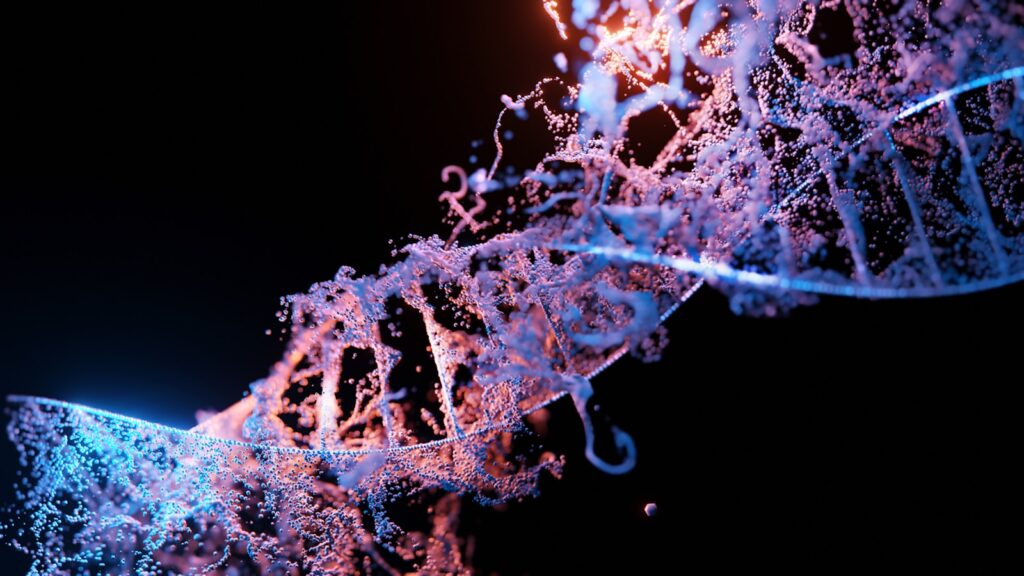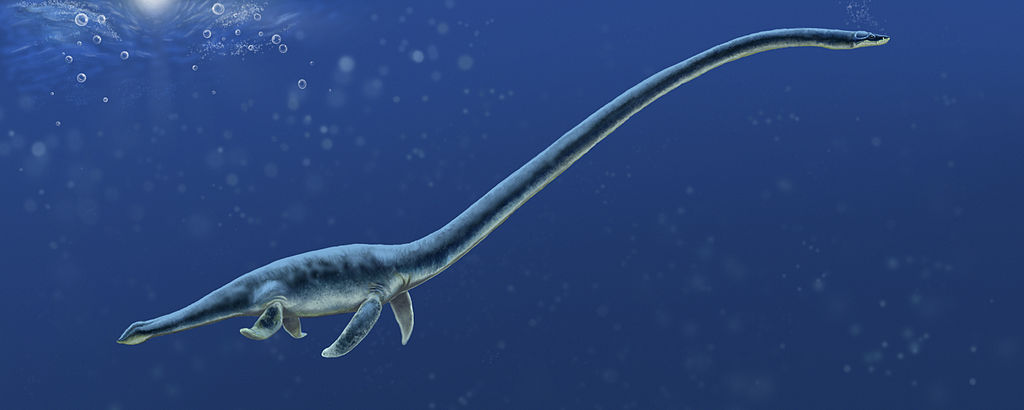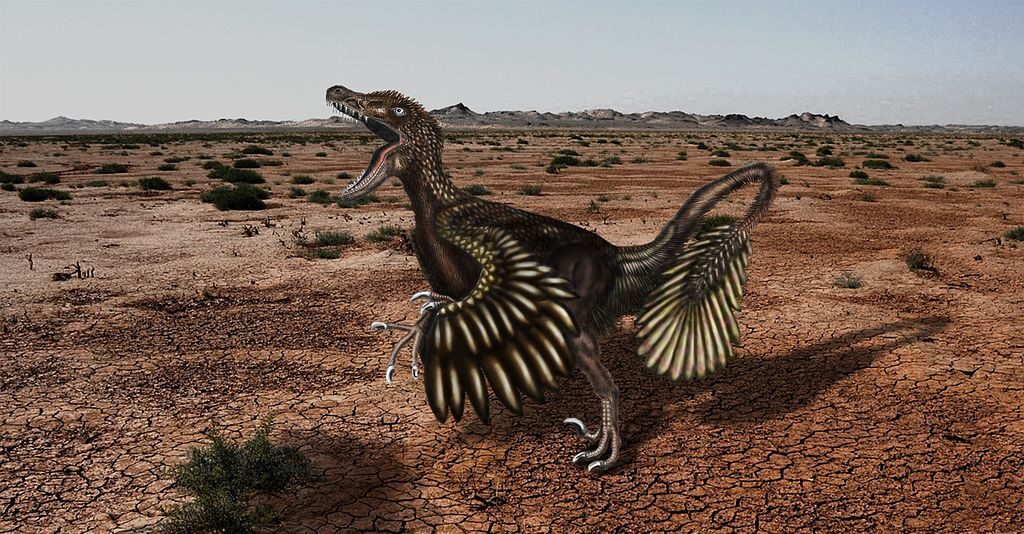In a world dominated by towering dinosaurs and ancient conifers, a quiet revolution was unfolding that would forever alter Earth’s ecosystems. Approximately 130-140 million years ago, during the Early Cretaceous period, the first flowering plants—or angiosperms—began to bloom across the prehistoric landscape. This botanical innovation represented one of the most significant evolutionary developments in our planet’s history, transforming not just the plant kingdom but also reshaping the very environment dinosaurs inhabited. The emergence of flowers catalyzed new relationships between plants and animals, created novel ecological niches, and ultimately influenced dinosaur evolution, behavior, and diet. As we explore this pivotal moment in Earth’s biological history, we’ll discover how these seemingly delicate blooms helped rewrite the rules of life during the age of dinosaurs.
The Prehistoric Plant World Before Flowers
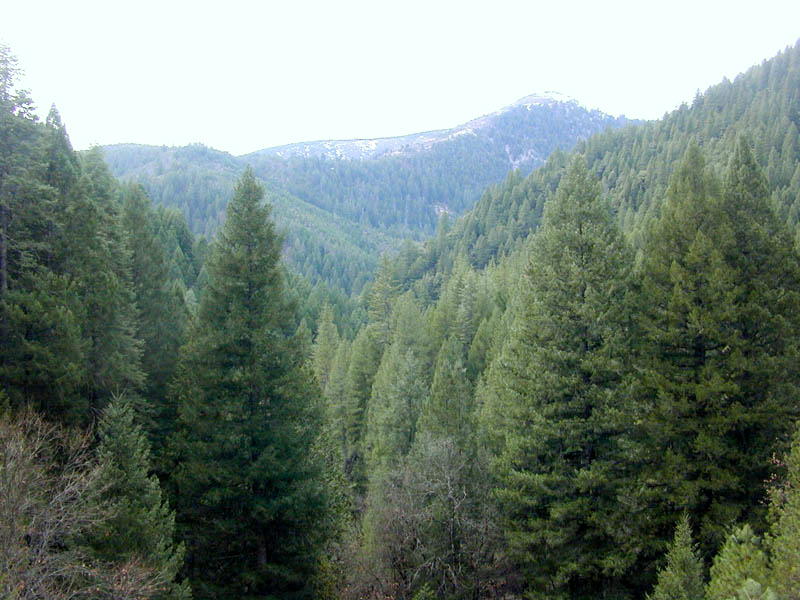
Before flowering plants appeared, the dinosaur landscape was dominated by a very different botanical regime. Vast forests of gymnosperms—conifers, cycads, ginkgoes, and bennettitaleans—covered much of the land, creating a world of predominantly green, woody vegetation. These primitive plants reproduced using exposed seeds rather than the protected seed structures found in later flowering species. Ferns carpeted the forest floors, while horsetails and club mosses thrived in moist environments, completing an ecosystem that had remained relatively stable for millions of years. The plant-eating dinosaurs of this era had evolved to process tough, fibrous plant materials, with specialized teeth and digestive systems adapted to extract nutrients from these relatively low-energy food sources. This pre-angiosperm world, while diverse, lacked the explosive variety of plant forms and reproductive strategies that would characterize the coming age of flowers.
The Mystery of Angiosperm Origins

The evolutionary origin of flowering plants remains one of botany’s greatest mysteries, famously described by Charles Darwin as an “abominable mystery.” Fossil evidence suggests that angiosperms likely evolved from gymnosperm ancestors, but the precise lineage and intermediate forms continue to challenge scientists. Early angiosperm fossils appear somewhat abruptly in the fossil record around 130-140 million years ago, already displaying key features like enclosed seeds, specialized vessels for water transport, and flower structures. Molecular clock analyses suggest flowering plants may have originated even earlier, perhaps during the late Triassic or early Jurassic, evolving in environments or regions where fossilization was rare. Recent discoveries of transitional fossils with proto-flower characteristics have begun to fill gaps in our understanding, though much remains unknown about exactly when and how the first true flowers bloomed on Earth.
Characteristics of the First Flowers
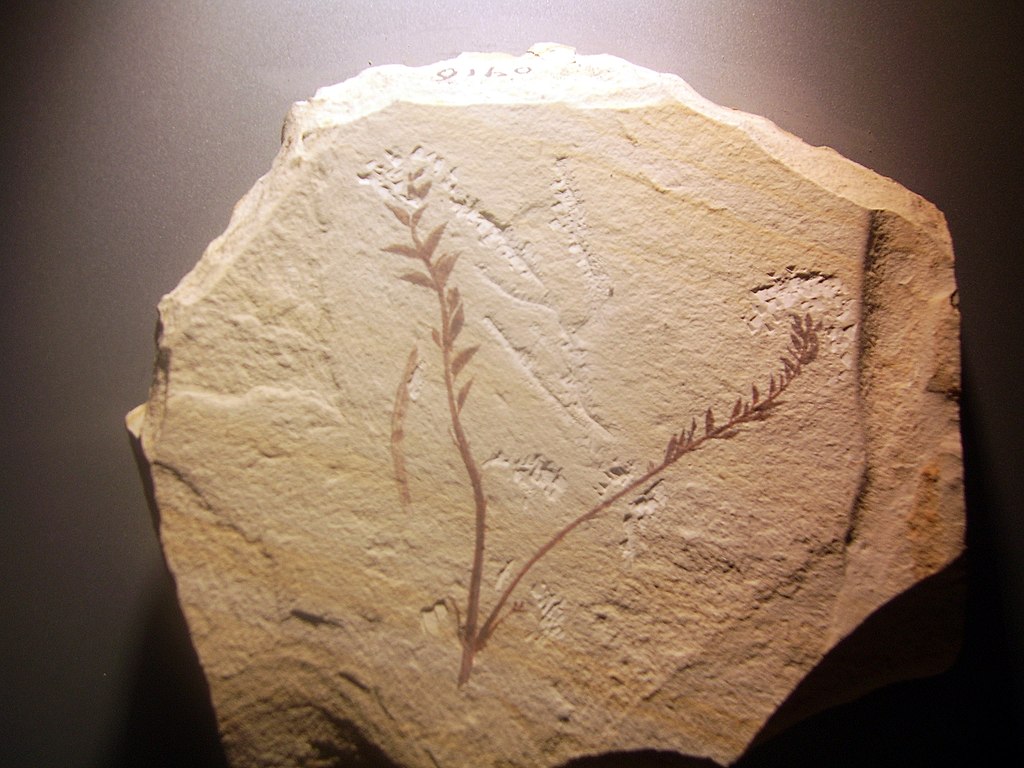
The earliest flowers bore little resemblance to today’s showy blooms. Paleobotanical evidence indicates they were small, simple structures with undifferentiated petals and basic reproductive components. These primitive flowers lacked specialized features like pronounced scents or vivid colors that characterize many modern flowering plants. Early angiosperms such as Archaefructus liaoningensis from China’s fossil beds show simplified flowers with only essential reproductive parts, suggesting functionality over display was the initial evolutionary priority. Water transport innovations in these early flowering plants gave them a competitive advantage, with more efficient vascular systems allowing for faster growth and better drought resistance. Microscopic analysis of these ancient flowers reveals that while basic in form, they already contained the fundamental innovations—enclosed seeds and specialized reproductive structures—that would ultimately lead to their global dominance in plant communities.
Ecological Advantages of Flowering Plants
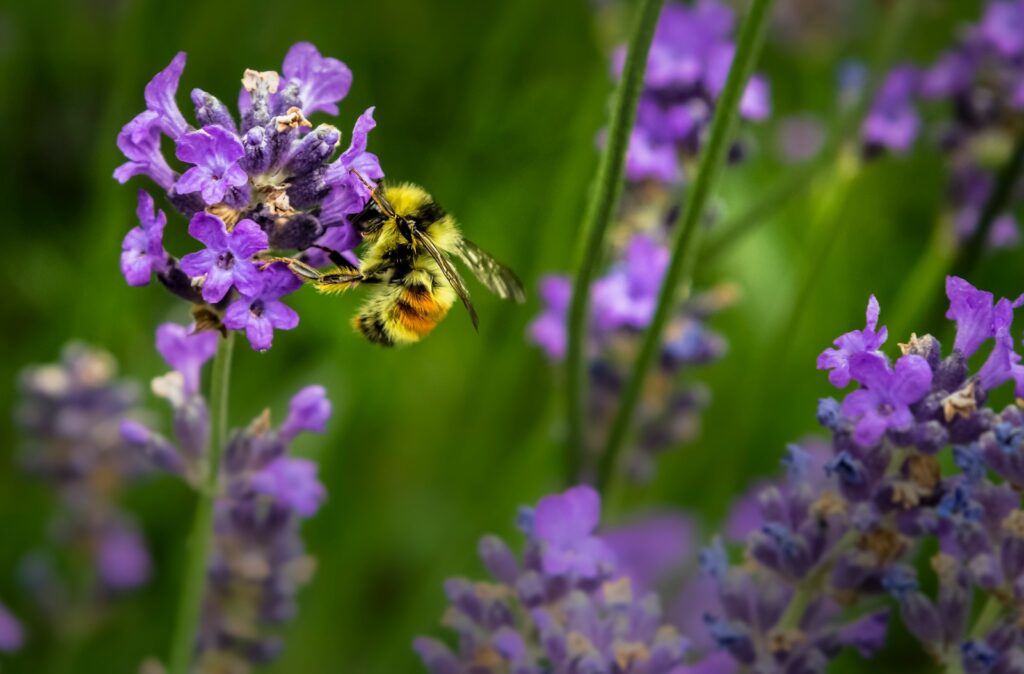
Flowering plants brought revolutionary advantages that helped them proliferate rapidly across the Cretaceous landscape. Their enclosed seeds provided superior protection for embryonic plants, increasing survival rates in varied environments. Angiosperms developed more efficient water-conducting vessels and photosynthetic capabilities that allowed faster growth cycles—some could complete their life cycle in weeks rather than years, a dramatic advantage over slow-growing gymnosperms. The evolution of fruits created a new method of seed dispersal, enabling flowering plants to colonize new territories more effectively through animal transportation. Perhaps most significantly, the co-evolution with insect pollinators established mutually beneficial relationships that increased reproductive success rates dramatically compared to wind-dependent gymnosperms. These combined advantages allowed flowering plants to diversify explosively, establishing new ecological niches and gradually outcompeting older plant forms in many environments.
The Co-Evolution of Flowers and Insects

The rise of flowering plants triggered one of evolution’s most successful partnerships—the co-evolutionary relationship between flowers and insect pollinators. As angiosperms evolved increasingly specialized flower structures, insects simultaneously developed adaptations to better access and utilize floral resources. Fossil evidence from Cretaceous amber reveals specialized mouthparts in beetles, flies, and early bees that aligned perfectly with flower feeding. This mutualistic relationship benefited both parties: insects gained reliable food sources through nectar and pollen, while plants received targeted pollen delivery to compatible flowers, dramatically improving reproductive efficiency. The diversity of flower shapes, scents, and colors that evolved during this period directly reflected adaptations to attract specific insect pollinators. This co-evolutionary explosion created cascading effects throughout ecosystems, establishing new food webs and ecological niches that would ultimately influence dinosaur habitats and resources.
Changing Landscapes of the Cretaceous

The proliferation of flowering plants fundamentally transformed the physical landscape that dinosaurs inhabited during the Cretaceous period. Dense angiosperm forests emerged with different architectures than gymnosperm-dominated woodlands, creating novel microhabitats and ecological zones. The faster growth cycles of flowering plants accelerated soil development processes, altering ground cover and terrain characteristics across vast regions. Wetland systems particularly transformed as flowering aquatic plants colonized shorelines and shallow waters, creating complex new ecosystems. Seasonal flowering patterns introduced a new temporal dimension to landscapes, with resources becoming available in cycles tied to flowering and fruiting seasons. Fossil evidence from formations like the Dakota Sandstone in North America reveals this transition, showing increasingly diverse plant communities with mixed gymnosperm-angiosperm assemblages gradually shifting toward angiosperm dominance. These landscape changes inevitably affected how dinosaurs moved through their environments, found shelter, and accessed resources.
Dinosaur Diets and the New Menu
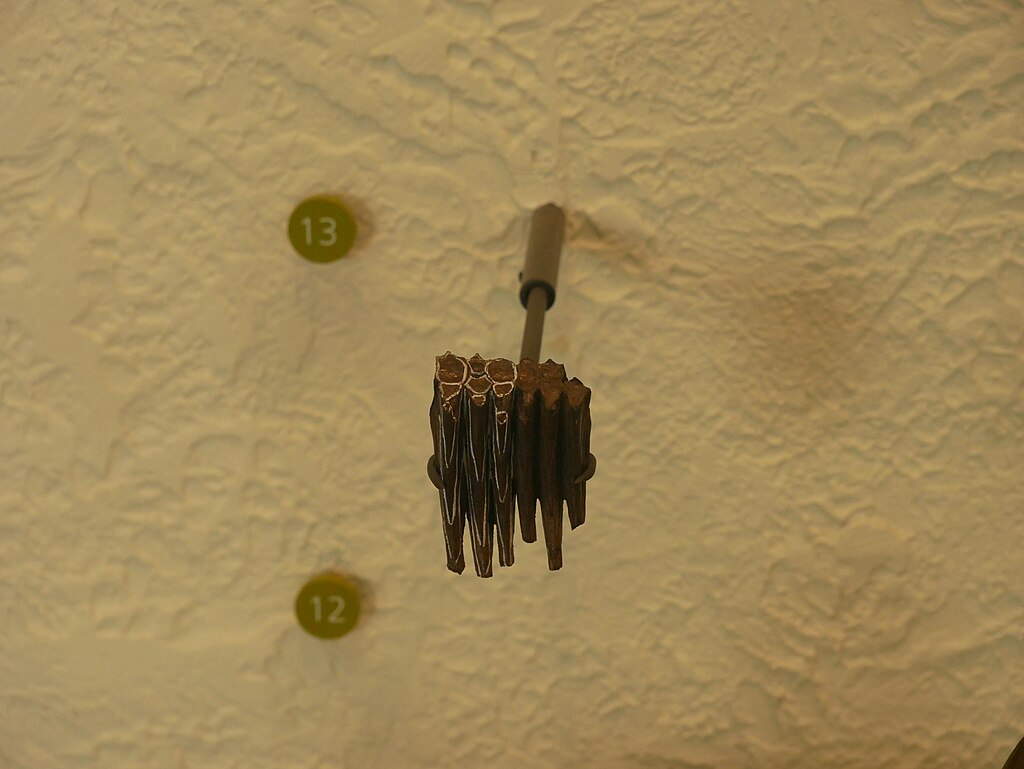
The emergence of flowering plants substantially expanded the dietary options available to herbivorous dinosaurs. New food resources appeared in the form of nutritious fruits, large flowers, and tender angiosperm leaves that offered higher caloric content and easier digestibility than many gymnosperm alternatives. Fossil evidence from coprolites (fossilized dung) and stomach contents reveals that many dinosaur species rapidly integrated these new plant foods into their diets. Hadrosaurs (duck-billed dinosaurs) show particular evidence of dietary adaptation, with dental batteries that could process both tough gymnosperm materials and softer angiosperm tissues. Small to medium-sized ornithischians appear to have been among the first to exploit flowering plant resources extensively, with specialized beaks evolving to better harvest fruits and flowers. This dietary diversification likely created competitive advantages for dinosaur species that could efficiently utilize these new plant resources, potentially driving evolutionary adaptations in feeding mechanisms.
New Opportunities for Small Dinosaurs

The angiosperm revolution particularly benefited smaller dinosaur species, creating ecological opportunities that may have influenced their diversity and evolutionary paths. Smaller ornithopods and early ornithischians could navigate the understory of new angiosperm forests more effectively than larger species, accessing newly available fruit and seed resources. The creation of edge habitats where flowering plants and traditional vegetation met established new ecological niches particularly suitable for small and medium-sized dinosaurs. Fossil evidence suggests an increase in small dinosaur diversity coinciding with angiosperm proliferation, potentially reflecting these new opportunities. The evolution of fruits with high nutritional density offered particular advantages to smaller-bodied species with higher metabolic needs, providing concentrated energy sources. These advantages for small dinosaurs may have contributed to the evolutionary trajectories of bird-like dinosaurs, potentially influencing the success of the lineage that would eventually lead to modern birds.
Evidence from Dinosaur Teeth and Jaws

The fossil record of dinosaur dentition provides compelling evidence for adaptation to flowering plant resources. Comparative studies of hadrosaur teeth show evolutionary changes in dental complexity coinciding with angiosperm diversification, suggesting active adaptation to process new plant materials. Some ceratopsian lineages developed increasingly specialized beaked structures and tooth arrangements that appear optimized for harvesting and processing flowering plants and their fruits. Microwear analysis on preserved dinosaur teeth from the mid to late Cretaceous reveals changing wear patterns consistent with shifts toward softer plant foods, aligning with increasing angiosperm availability. Jaw mechanics also evolved in many herbivorous dinosaur lineages, with some developing more complex chewing motions better suited to processing varied plant materials rather than simple up-and-down crushing movements. These dental and jaw adaptations provide a fossil record of dinosaur evolutionary responses to the changing plant world, demonstrating the cascading effects of angiosperm appearance on dinosaur biology.
Impact on Dinosaur Evolution and Speciation
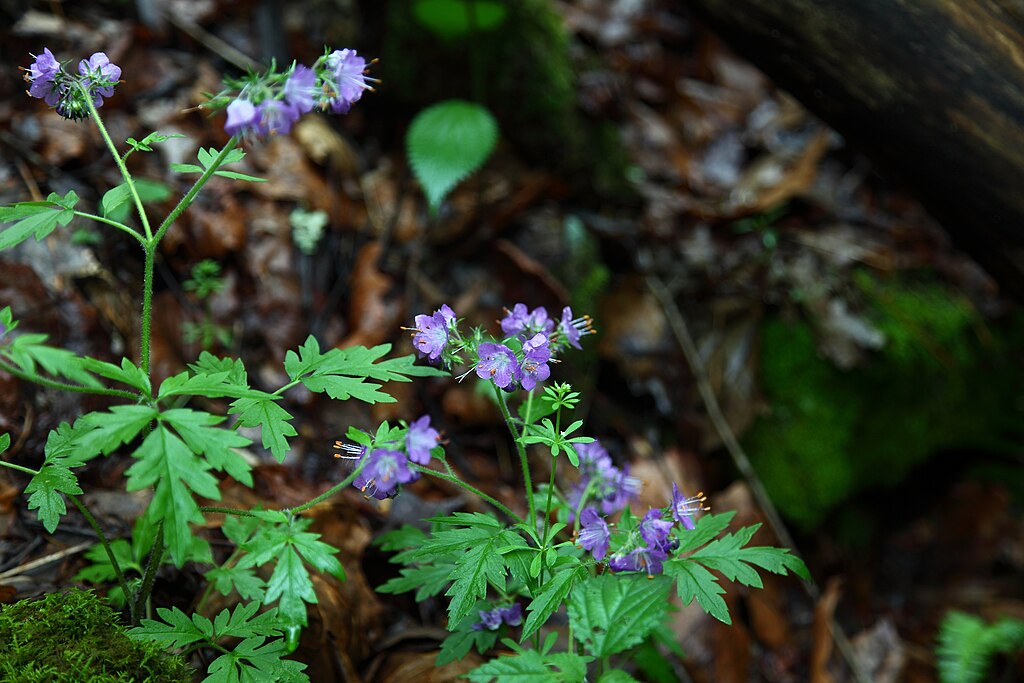
The diversification of flowering plants likely served as a driver for dinosaur evolution and speciation during the Cretaceous period. New plant resources created opportunities for dietary specialization, potentially encouraging adaptive radiation among herbivorous dinosaur lineages. The fossil record shows increasing diversity of ornithischian dinosaurs during this period, with many new species appearing with specialized feeding adaptations. Habitat fragmentation resulting from patchy distribution of early angiosperm forests may have isolated dinosaur populations, accelerating speciation through geographical separation. Competition for new plant resources likely intensified selection pressures, potentially accelerating evolutionary rates in affected dinosaur lineages. The geographic distribution of certain dinosaur groups appears to track the spread of angiosperm forests, suggesting that plant community changes influenced dinosaur biogeography and migration patterns. These evolutionary pressures likely contributed to the remarkable diversity of dinosaur forms observed in late Cretaceous ecosystems.
Fruits and Seeds: New Dinosaur Resources
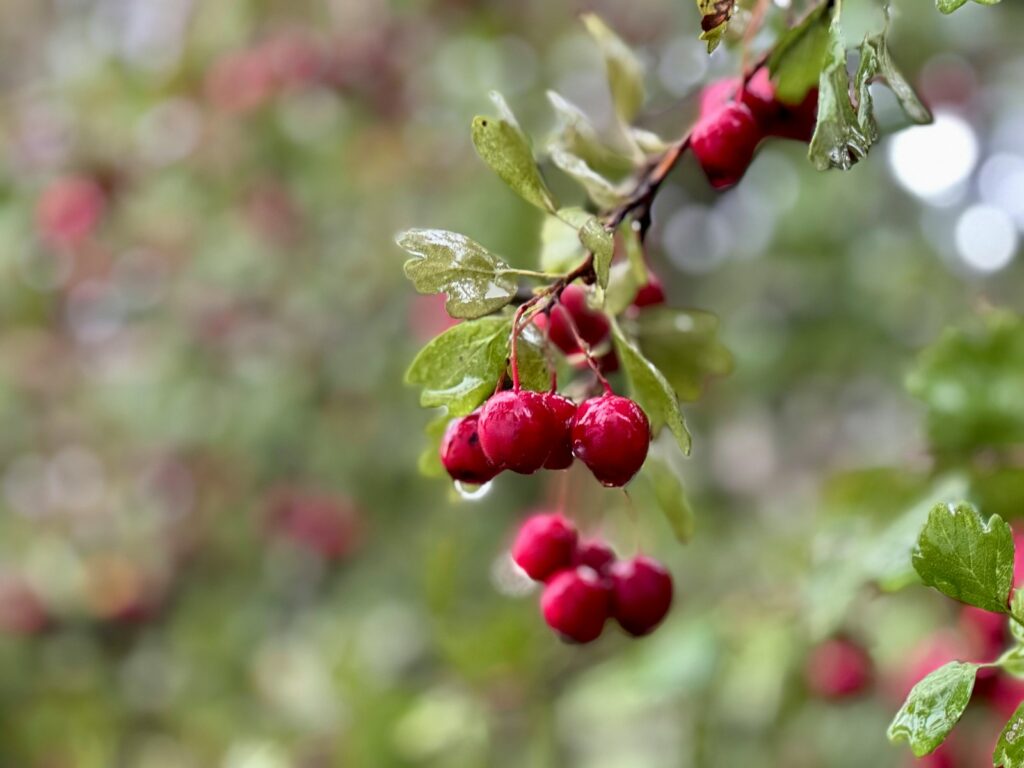
The evolution of fruits and enclosed seeds represented a revolutionary food innovation in the dinosaur world. These nutrient-rich packages offered concentrated energy sources unprecedented in prehistoric ecosystems, providing high-calorie options particularly valuable for smaller dinosaurs with higher metabolic requirements. Coprolite analysis has revealed preserved seeds and fruit remnants in dinosaur droppings, confirming their dietary importance to various species. This new food resource likely influenced dinosaur behavior, potentially encouraging seasonal migrations to follow fruiting patterns or territorial defense of productive fruiting areas. The relationship between dinosaurs and fruits potentially created new seed dispersal mechanisms, with large dinosaurs capable of transporting seeds over significant distances through endozoochory (seed dispersal through consumption and defecation). Some dinosaur species may have played roles similar to modern large frugivores like elephants or cassowaries, serving as important seed dispersers for early angiosperm species and influencing their evolutionary development.
Flowering Plants and Dinosaur Behavior
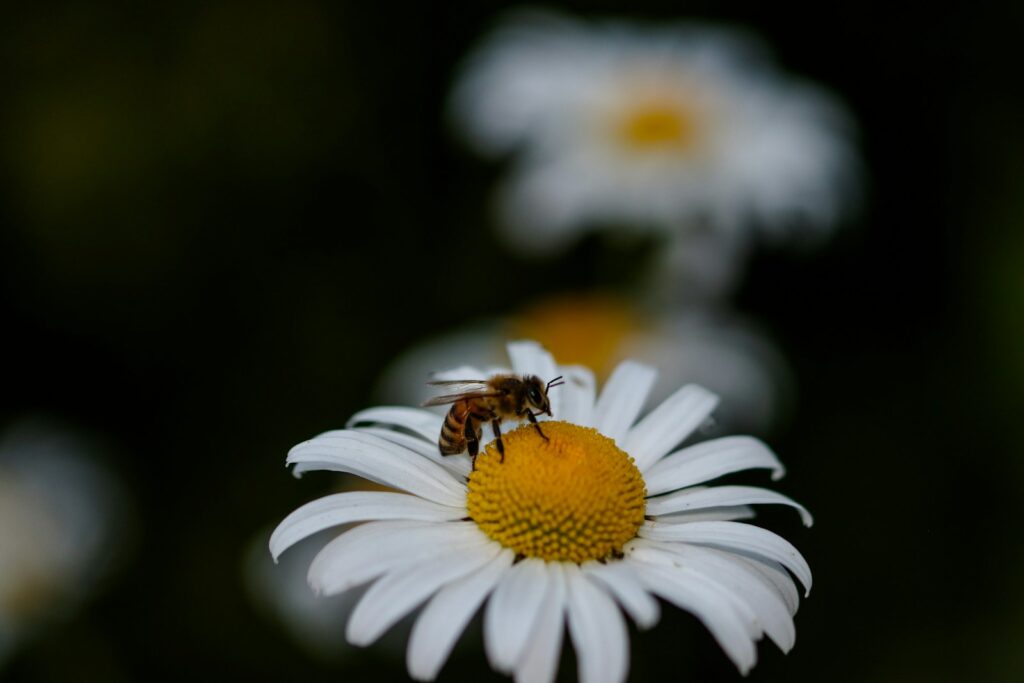
The emergence of flowering plants likely influenced dinosaur behavior beyond simple dietary changes. Seasonal flowering and fruiting cycles would have created new temporal patterns in resource availability, potentially driving seasonal migrations or behavioral adaptations tied to these cycles. The creation of more complex forest structures with angiosperm understory plants likely affected dinosaur movement patterns, nesting behaviors, and predator-prey dynamics. Flowering plants also attracted new concentrations of insects and small vertebrates, potentially creating “hotspots” of prey activity that would influence predatory dinosaur hunting strategies. The visual environment changed significantly with colorful flowers and fruits, potentially affecting dinosaur visual communication and display behaviors. While direct behavioral evidence is difficult to establish from the fossil record, ecological principles suggest these plant community changes would have had profound effects on how dinosaurs interacted with their environments and each other, reshaping the behavioral landscape of the Cretaceous.
The Angiosperm Legacy in Dinosaur Extinction
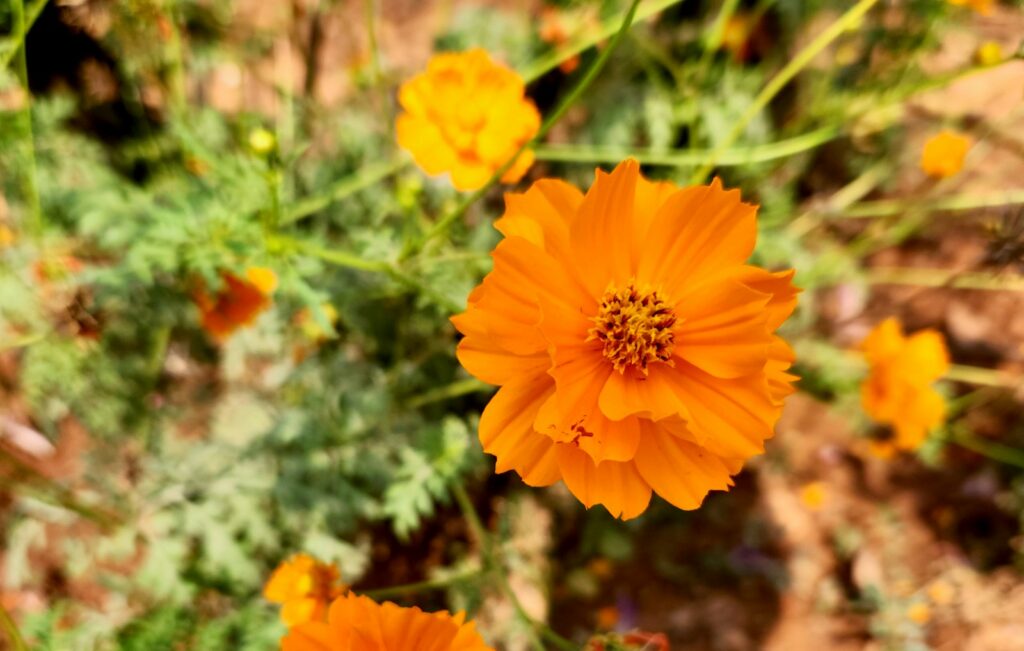
The relationship between flowering plants and dinosaur extinction presents a complex and somewhat paradoxical picture. While angiosperms created new opportunities for many dinosaur lineages, the rapid transformation of plant communities may have challenged the adaptability of some specialized herbivorous species. Some paleontologists have proposed that certain large herbivorous dinosaurs, highly specialized for gymnosperm consumption, may have faced nutritional challenges as plant communities shifted. However, fossil evidence indicates most dinosaur lineages were successfully adapting to angiosperm-dominated ecosystems right up until the asteroid impact that triggered the end-Cretaceous mass extinction. The survival of flowering plants through this extinction event proved crucial for the subsequent evolution of mammals and birds (dinosaur descendants). The resilience of angiosperm seeds, their rapid growth cycles, and adaptability allowed them to recover quickly after the catastrophic extinction event, providing resources that helped surviving species persist through the aftermath. Thus, while flowering plants didn’t cause dinosaur extinction, they helped shape both the final chapter of non-avian dinosaur evolution and the recovery that followed.
Modern Insights from Ancient Blooms

The study of ancient flowering plants and their impact on dinosaur ecosystems continues to yield valuable insights for modern science. Paleobotanical research on early angiosperms provides critical data for understanding evolutionary processes, offering case studies in rapid adaptation and diversification that inform current biological theory. The co-evolutionary relationships between early flowering plants and their pollinators established patterns that continue to structure modern ecosystems, offering lessons for the conservation of plant-pollinator networks today. Climate change researchers study how Cretaceous plant communities responded to warming events, seeking insights applicable to current global changes. Agricultural scientists examine the adaptive features of early angiosperms to identify beneficial traits that might be incorporated into modern crop species through breeding or genetic engineering. The ancient relationship between flowering plants and dinosaurs also offers perspective on current biodiversity challenges, demonstrating how ecosystem transformations can create both winners and losers, with implications for managing modern ecosystems undergoing rapid change.
The emergence of flowering plants represents one of Earth’s most consequential evolutionary innovations, transforming landscapes and creating ripple effects throughout ancient ecosystems. For dinosaurs, these changes brought both challenge and opportunity—new food resources, altered habitats, and shifting ecological relationships that influenced their evolution right up until their extinction. The legacy of this botanical revolution continues today, with flowering plants dominating most terrestrial ecosystems and supporting countless animal species, including humans. As we appreciate a flower’s beauty or enjoy a piece of fruit, we’re experiencing the latest chapter in an evolutionary story that began in the age of dinosaurs. The relationship between flowers and dinosaurs reminds us that even seemingly small evolutionary innovations can reshape entire worlds, leaving impacts that resonate across millions of years.

